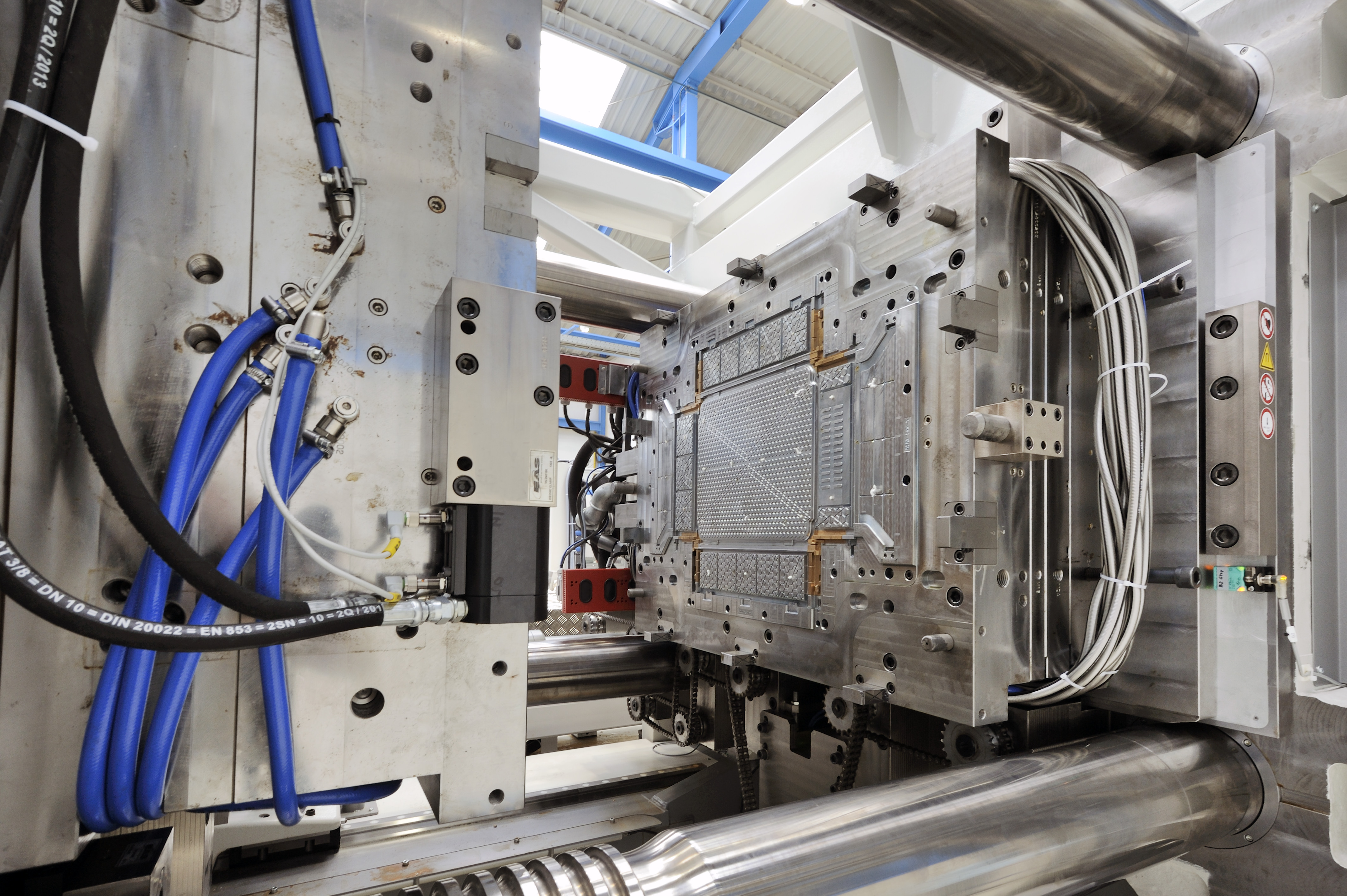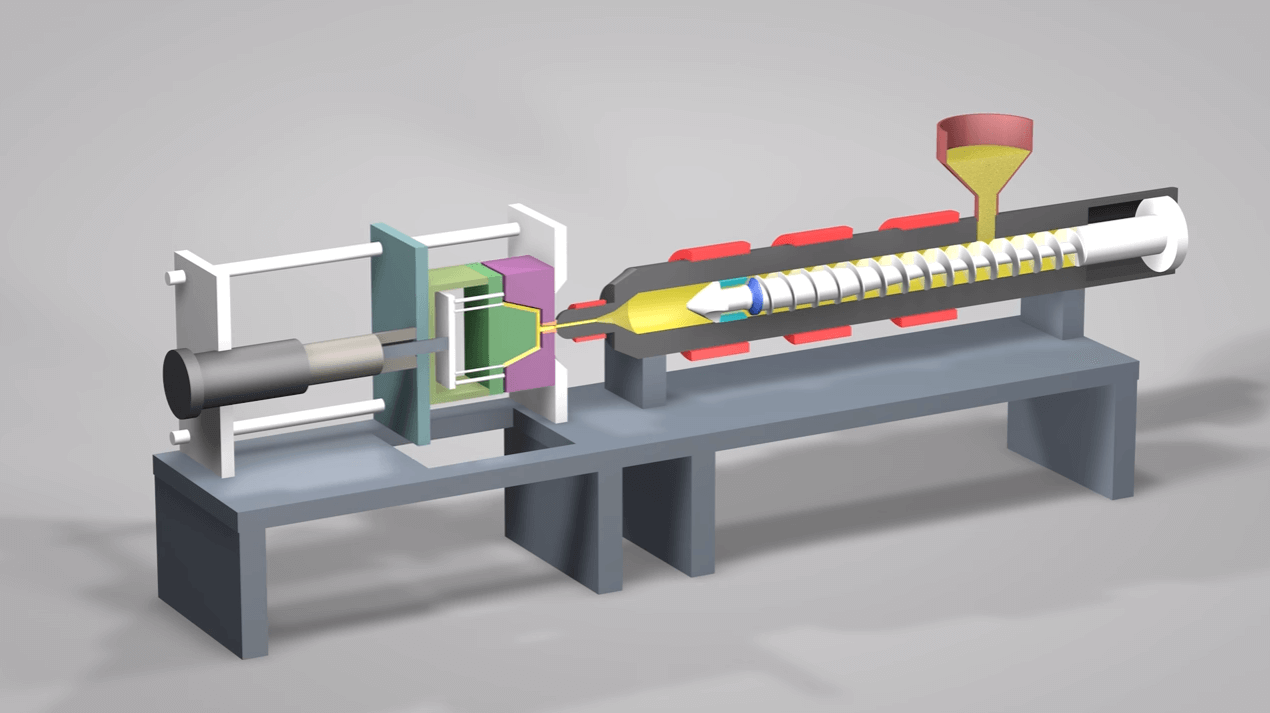The Benefits of Using Plastic Injection Molding for Custom-made Components Production
The Benefits of Using Plastic Injection Molding for Custom-made Components Production
Blog Article
Comprehending the Basics of Plastic Injection Molding Procedures
Plastic shot molding serves as a cornerstone of modern production, giving a systematic technique to creating complex parts with accuracy. Checking out these important elements can expose how even minor changes can lead to considerable improvements in manufacturing results, raising inquiries concerning the capacity for technology in this well established process.
What Is Plastic Shot Molding?
Plastic shot molding is a commonly utilized manufacturing process that transforms thermosetting and thermoplastic materials into specific and complicated forms. This technique is preferred for its ability to create high quantities of identical components with outstanding accuracy, making it a crucial technique in numerous sectors, including vehicle, durable goods, and clinical tools.
The procedure involves thawing the picked plastic product and injecting it into a mold and mildew under high stress. The mold, developed to the requirements of the desired part, enables the liquified plastic to materialize as it cools and solidifies. When the product has actually hardened, the mold is opened, and the ended up part is expelled.
Plastic shot molding offers a number of advantages, consisting of lowered waste, uniformity in manufacturing, and the ability to include elaborate layouts that might be challenging with other producing approaches. In addition, it sustains a wide series of materials, each offering special residential or commercial properties that can be tailored for certain applications. As markets proceed to introduce, plastic injection molding stays at the leading edge, allowing the advancement of advanced products that fulfill evolving customer needs.
The Shot Molding Refine
The injection molding process is a sophisticated technique that involves several vital phases to create high-grade plastic parts. At first, plastic pellets are fed into a heated barrel where they are thawed right into a thick liquid. This molten plastic is then injected under high stress right into a precision-engineered mold, which shapes the product into the desired kind.
When the mold is filled, the plastic is permitted to solidify and cool down, taking the shape of the mold and mildew cavity. Air conditioning time is critical, as it influences the cycle time and the final homes of the molded component. After sufficient cooling, the mold opens up, and the finished part is ejected making use of ejector pins.

Products Made Use Of in Shot Molding
Different products can be used in the shot molding process, each offering one-of-a-kind homes that provide to certain applications. One of the most generally made use of products include thermoplastics, thermosetting plastics, and elastomers.

Thermosetting plastics, like epoxy and like it phenolic materials, undergo a chemical adjustment throughout the curing procedure, causing a stiff, stringent framework. These materials are optimal for applications calling for high heat resistance and structural honesty, frequently utilized in automobile components and electric insulators.
Elastomers, consisting of silicone and rubber-based materials, offer versatility and strength. Their one-of-a-kind homes make them appropriate for applications that require flexibility, such as gaskets and seals.
Additionally, specialty materials like bio-based plastics and composites are acquiring traction for their environmental benefits and enhanced performance qualities, expanding the range of injection molding applications in different markets. Understanding the buildings of these materials is essential for choosing the ideal type for particular jobs.
Advantages of Shot Molding
Injection molding stands apart try this web-site as an extremely effective manufacturing process that offers numerous benefits for generating intricate components with precision. One of one of the most substantial advantages is the capability to create intricate layouts that would certainly be difficult or impossible to accomplish with other approaches (Plastic Injection Molding). The procedure enables detailed attributes and tight tolerances, making certain high-grade elements
Additionally, shot molding is understood for its rapid manufacturing abilities, making it an optimal choice for high-volume production. When the mold and mildew is produced, parts can be generated rapidly, reducing preparations and enhancing total efficiency. This performance not just reduces manufacturing costs but additionally supplies an one-upmanship in the market.
The convenience of materials made use of in injection molding better enhances its charm. A wide variety of thermoplastics and thermosetting polymers can be employed, enabling manufacturers to choose products that best fulfill their specific demands, consisting of heat, stamina, and adaptability resistance.
In addition, the process lessens waste, as excess product can often be recycled and reused. This sustainability facet adds to a reduced environmental effect, find more info making shot molding a liable production choice. In general, the advantages of injection molding make it a favored technique for several sectors.
Factors Affecting Product Top Quality
While numerous elements can influence product high quality in shot molding, understanding these aspects is vital for attaining optimum outcomes. Trick facets consist of product choice, refining specifications, and mold design.
Material selection plays an important role, as different polymers show unique residential or commercial properties that impact flowability, strength, and thermal stability. Inadequate product selection can cause flaws such as warping or incomplete filling.
Handling specifications, including cycle, stress, and temperature level time, should be carefully controlled. Variants in these settings can result in incongruities partly measurements and surface area finish. As an example, exceedingly heats may create degradation of the polymer, while inadequate pressure can cause brief shots.
Mold and mildew style is equally crucial, as it determines the flow of the molten plastic and the cooling process. Inadequately created molds might result in unequal cooling rates, causing dimensional mistakes and recurring tensions.

Final Thought
Finally, plastic injection molding acts as a crucial manufacturing process that allows the reliable manufacturing of top quality parts. Proficiency of the shot molding procedure, including the understanding of products and the impact of various aspects on product top quality, is vital for achieving optimal outcomes. The advantages of this approach, such as cost-effectiveness and style flexibility, more underscore its importance across numerous markets, solidifying its standing as a preferred selection for high-volume production.
Plastic shot molding offers as a keystone of contemporary production, giving a systematic approach to creating complicated components with accuracy.Plastic injection molding uses a number of advantages, including decreased waste, consistency in manufacturing, and the ability to include elaborate styles that might be testing with other manufacturing methods (Plastic Injection Molding). As sectors proceed to introduce, plastic shot molding remains at the forefront, allowing the growth of innovative items that meet developing consumer demands
The shot molding process is a sophisticated method that entails numerous essential phases to produce high-quality plastic components.In conclusion, plastic shot molding serves as a crucial production process that allows the reliable production of high-quality elements.
Report this page